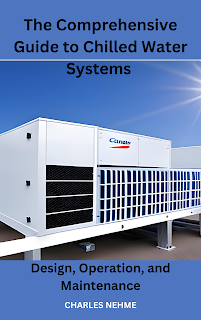Glycol antifreeze

Glycol Antifreeze Glycol antifreeze is a type of coolant used in various applications, including automotive engines, heating and cooling systems, and industrial machinery. It is a mixture of glycol and water, typically ethylene glycol or propylene glycol, with additives to prevent corrosion and provide other benefits. Properties of Glycol Antifreeze Glycol antifreeze has several important properties that make it suitable for its various applications: Freezing point depression: Glycol lowers the freezing point of water, preventing it from freezing in cold temperatures. Ethylene glycol reduces the freezing point of water by about 37 degrees Fahrenheit, while propylene glycol reduces the freezing point by about 60 degrees Fahrenheit. Boiling point elevation: Glycol raises the boiling point of water, allowing it to operate at higher temperatures without boiling. This is particularly important for cooling systems in engines and industrial machinery. Corrosion inhibition: Glycol a...
.png)


.png)

